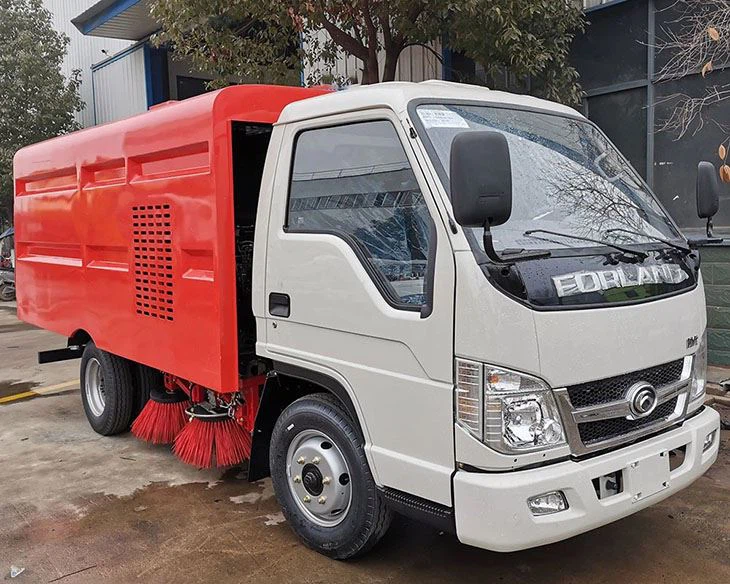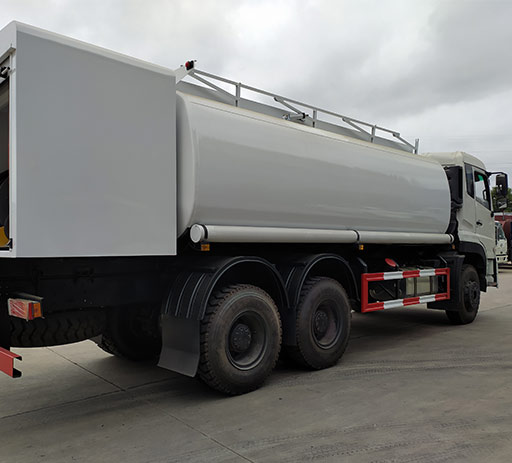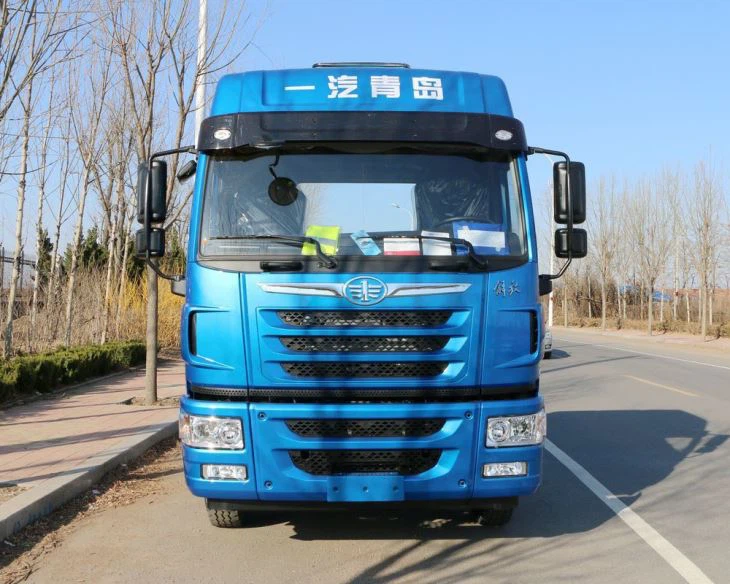Understanding Cab Types of Trucks: A Comprehensive Guide

When it comes to trucks, one of the most critical aspects that can significantly influence both functionality and comfort is the cab type. Different cab types offer unique advantages, catering to different needs and applications in the trucking industry. This article will explore various cab types of trucks, their features, benefits, and considerations to help you make an informed choice.

What are Truck Cabs?
A truck cab is the front section of a truck that houses the driver and passenger seats, controls, and in some cases, additional amenities. The cab design greatly impacts the truck’s overall performance, comfort, and usability in various environments. Understanding the different truck cab types is essential for selecting the right vehicle for your specific needs.
Types of Truck Cabs
1. Standard Cab
A standard cab is the most basic form of truck cab. Typically designed to seat two to three passengers, it offers no additional space for storage or passengers behind the front seats.
Features
- Two to three passenger seating capacity
- Compact design for easy maneuverability
- Less weight, leading to better fuel efficiency
Pros
- Cost-effective option
- Ideal for city driving
- Lower maintenance costs
Cons
- Limited passenger space
- Less storage area
2. Extended Cab
The extended cab is designed with additional space behind the front seats, allowing it to accommodate more passengers or provide extra storage space.
Features
- Two or more rear seats for added passengers
- Shorter rear doors for easier access
- More interior storage area compared to standard cabs
Pros
- Increased passenger capacity
- More versatile for work and leisure
Cons
- Reduced legroom for rear passengers
- May be heavier, impacting fuel efficiency
3. Crew Cab
The crew cab is designed for maximum passenger comfort and space, offering four full-sized doors and seating for up to six passengers.
Features
- Full-size rear seating area
- Four doors for easy access
- Spacious interior for long trips
Pros
- Ideal for families or work crews
- Extensive storage options

Cons
- Higher purchase price
- Reduced bed space compared to other cab types
4. Mega Cab
A mega cab offers the ultimate in space, featuring a larger cab that extends even further than a crew cab. This option is perfect for carrying both passengers and cargo comfortably.
Features
- Expansive rear seating area
- Ample storage in the cab
- Advanced infotainment systems
Pros
- Exceptional comfort for long drives
- Great for large families or teams
Cons
- Significantly heavier, potentially impacting fuel efficiency
- Typically more expensive
Choosing the Right Truck Cab Type
1. Purpose of Use
Understanding your primary use case is essential for selecting the appropriate cab type. Will you be primarily commuting, carrying a crew, or hauling cargo?
2. Number of Passengers
Consider how many passengers you typically need to accommodate. If you require space for more than four individuals, options like the crew or mega cab are more suitable.
3. Cargo Capacity
Some cab designs may reduce available bed space. If hauling capacity is critical, the standard or extended cab might be more suitable.
4. Comfort Requirements
If you will spend long hours on the road, opt for a crew or mega cab for its additional space and comfort amenities.
Practical Examples
Consider a construction company that often transports teams to job sites. Choosing a crew cab allows for safe transportation of multiple workers and tools, maximizing efficiency. Conversely, for a delivery driver handling packages alone, a standard cab is both cost-effective and fuel-efficient.
Cost Considerations
| Cab Type | Average Cost | Fuel Efficiency | Seating Capacity |
|---|---|---|---|
| Standard Cab | $25,000 | 20-25 MPG | 2-3 |
| Extended Cab | $30,000 | 18-23 MPG | 4-5 |
| Crew Cab | $35,000 | 15-20 MPG | 5-6 |
| Mega Cab | $40,000 | 14-18 MPG | 5-6 |
Maintenance Considerations for Trucks with Various Cab Types
1. Regular Inspections
Regardless of cab type, regular inspections ensure the vehicle remains in optimal condition. Pay attention to the brakes, tires, and engine performance.
2. Cleaning Interior and Exterior
Keeping the cab clean prolongs the life of interior materials and contributes to a healthier environment. Regularly wash the exterior to protect the paint and body integrity.
3. Checking Cabin Air Filters
For enhanced comfort, especially in larger cabs, check and replace cabin air filters periodically to maintain air quality.
Popular Truck Brands and Their Cab Options
1. Ford
Ford offers an extensive range of trucks, including the F-150, available in standard, extended, and crew cab formats. Each format is optimized for different consumer needs.
2. Chevrolet
Chevrolet’s Silverado also comes with multiple cab options, balancing performance with passenger comfort, making it a popular choice among truck enthusiasts.
3. Ram
Ram distinguishes itself with its Mega Cab option, specifically designed for utmost comfort and utility. Their trucks are favored in the heavy-duty market.
4. Toyota
The Toyota Tundra provides extended and crew cab options, emphasizing safety and reliability along with various advanced technology features.
Frequently Asked Questions (FAQs)
1. What is the most common cab type for pickup trucks?
The most common cab types for pickup trucks are the standard and crew cab, with the crew cab being popular for families and work crews.

2. How does cab type affect the truck’s resale value?
Cab types that accommodate more passengers, such as crew and mega cabs, typically have higher resale values due to their versatility and demand among consumers.
3. Can I modify the cab type of my truck?
While it is possible to modify certain aspects of the cab, complete conversion or changing cab types is generally not practical or cost-effective.
4. What cab type is best for off-roading?
A standard cab is often favored for off-roading due to its lighter weight and compact size, which enhances maneuverability on rugged terrain.
5. Are there any regulations regarding truck cab sizes?
While there are no specific regulations on cab sizes, local laws may dictate vehicle dimensions and weight, impacting the types permissible for road use.
6. How do I determine if a truck cab is too small for my needs?
If you frequently feel cramped or struggle to fit passengers or cargo, it may be time to consider a larger cab type that better accommodates your lifestyle.
